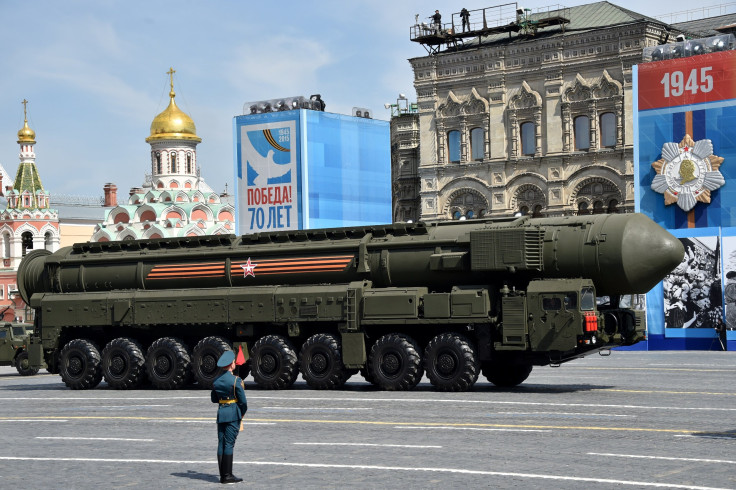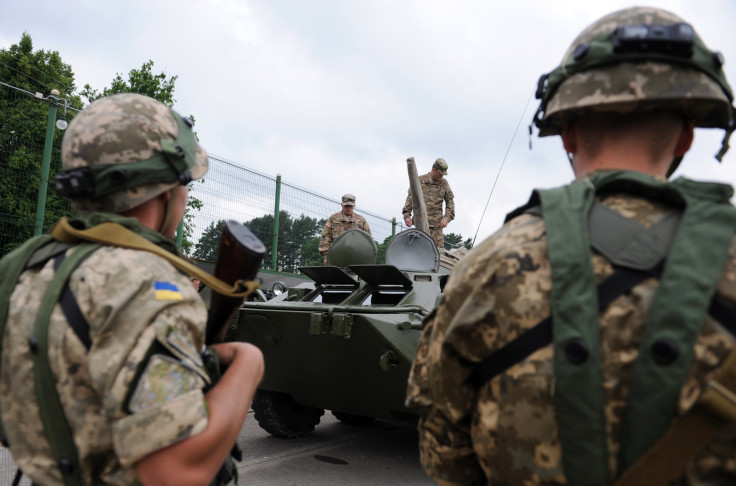Russia To Test New Intercontinental Ballistic Missile Within 2 Years, Will Rearm Missile Forces By 2021

Russia’s Strategic Missile Forces announced Tuesday that the testing of the country’s new Sarmat heavy intercontinental ballistic missile (ICBM) will begin within the next two years. The announcement came amid growing concerns among Russian authorities that the United States is creating new defensive missiles to be deployed in Eastern Europe.
The new Sarmat ICBM, which is currently in the third stage of its development, is expected to be equipped with several configurations, with the warhead having a mass of 10 tons. Upon completion, Sarmat will reportedly replace the strategic R-36M2 Voyevoda missile, nicknamed “SS-18 Satan” by NATO.
“As of today, the third stage of the design and development work is under way. I believe we’ll reach the stage of tests of this heavy missile in 18-24 months,” Igor Denisov, secretary to the commander of the Russian Strategic Missile Forces, said Tuesday, according to Tass news agency.
Russian authorities also announced Tuesday that all missile divisions of Russia’s Strategic Missile Forces are expected to be rearmed with the Yars and Yars-M mobile ground missile systems, equipped with RS-26 missiles, in 2021. The country’s missile divisions currently use the Topol missile complex, which will be withdrawn from service after the rearmament is completed, Tass reported.
On Monday, a Russian military spokesman said that the country’s armed forces in East Siberia would get a new set of 50 Iskander ballistic missile systems by September. According to the official, Russian troops would first be trained on how to operate the Iskander missile system in southern Russia, before being deployed in Buryatia, a region in Siberia.
Russia has been aggressively working on boosting its missile strength, despite a struggling economy crippled by Western sanctions over its annexation of the Crimean Peninsula and its alleged support for pro-Moscow rebels in the ongoing conflict in eastern Ukraine.

Russian officials believe that the U.S. is conducting tests on new defensive missiles that would be deployed in Poland and Romania by 2018, spurring Russia's efforts to strengthen its armed forces in a bid to counter a growing U.S. presence in Eastern Europe.
“We observe the creation of US missile defense systems,” Colonel Oleg Pyshny, head of the 4th Central Research Institute of the Russian Ministry of Defense, said Tuesday, according to RIA Novosti. “Yes, we assume that in the SM-3 missiles family some new ones which will be a threat to us will appear with time. This year the first (with no interception) missile tests on 'SM-3 Block 2A' were conducted, which have already caused us concern.”
Russia also claimed that the U.S. has conducted 10 inspections of Russian missile troops in 2015 so far, in line with the Strategic Arms Reduction Treaty, signed by Washington and Moscow in 2010. The treaty allows 18 such inspections a year.
© Copyright IBTimes 2025. All rights reserved.






















